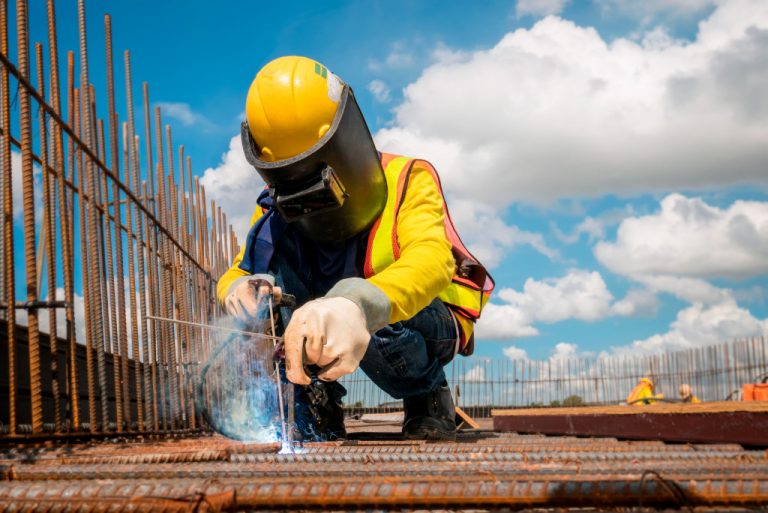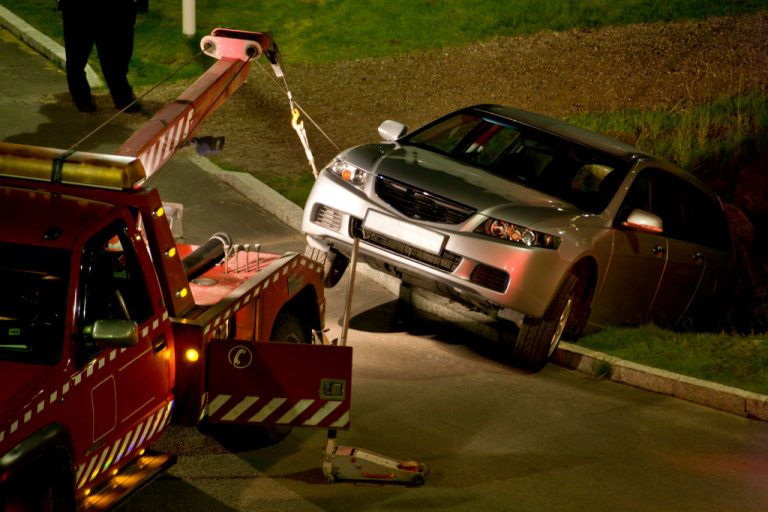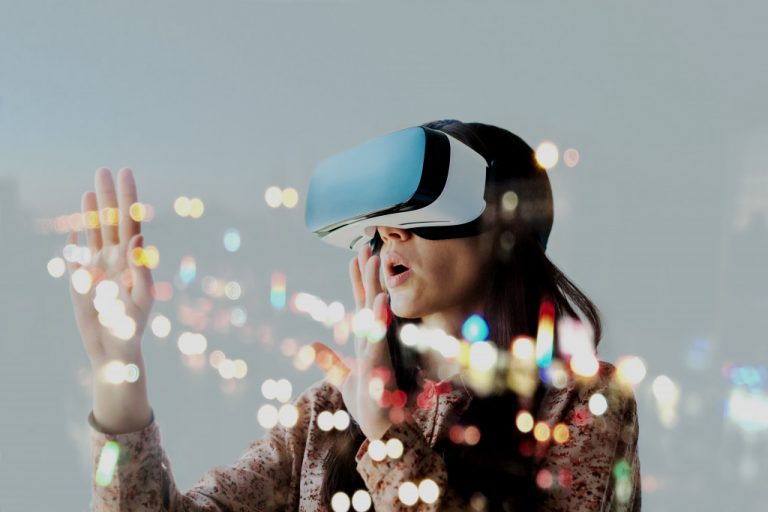Today, more and more people are becoming conscious of their waste management. Some of them are even tracking their carbon footprints. They’ve probably asked themselves questions such as “Which mode of transportation exhausts less carbon?” and “Which meat should I give up: pork, chicken, or beef?”
The circular economy is what’s thriving in a society like this. In a nutshell, it is a system where nothing goes to waste. It shifts the supply chain from its usual linear form of “take-make-dispose” to a circular form wherein products go through an endless series of recycling, reselling, and renting. Businesses now are looking for more ways to work around the earth’s limited resources and reduce carbon emissions. While doing so, they are also improving efficiency, productivity, and customer relationship.
Digital Technology and the Circular Economy
Digital technology accelerates our transition to a circular economy. The Internet allows businesses and consumers to exchange information in the blink of an eye. It enhances their relationship across various communication channels. Moreover, digital technology helps businesses use fewer physical resources in such aspects as marketing. Instead of printing ads on tarps and putting them up on billboards, they could just post on their website and social media pages.
Consumers are becoming more and more reliant on the Internet for products and services. They are dealing with the threat of the COVID-19 pandemic. So it’s become a priority to stay home and practice social distancing. For your business to thrive in an emerging circular economy, here is a guide for you to take advantage of digital technology:
Improving Online Presence and Interaction
With everyone practicing social distancing, people are spending more time online. So for you to reach your target consumers, you must enhance your Internet presence. Improve your website by making it more informative and engaging. You also have to make it easier for consumers to navigate your website whether through phones or computers.
You must also improve your social media pages. They’re where you can build relationships with your customers. You can post announcements about sales and new product launches. You can also organize virtual events via Zoom. It’s an ideal way to promote your business. You can also save money because it may not even cost you a cent. And it significantly reduces carbon footprints because you won’t have to worry about energy consumption in the venue and human traffic.
The more you improve your relationship with your customers, the more you can attract new ones. Trust and reliability, after all, breed healthy relationships.
Remote Working
This is a newer trend in the digital age because of lockdown restrictions. But given the way the system works, this trend may also become the norm. Besides, what’s even more economical and sustainable than staying home and limiting the use of transportation outside?
Digital technology makes it possible for people to do so much with just their laptops. So instead of investing in office spaces, consider transitioning to remote work.
Big investments will go a long way. Look for a neighborhood with an ideal mortgage rate and invest in a good home. It’s where you’ll be spending most, if not all, your time in.
Accessing Relevant Information
Accessibility of information is probably the most significant factor in a circular economy. And it’s only made possible by digital technology. To make informed decisions on crucial aspects such as costs and production, businesses need access to big data.
Big data means vast information about any given topic. Businesses turn to it for information on energy consumption. They can also find out more about the use and availability of raw materials and ways to reduce expenses, time, and labor.
The very first step in a circular economy is reduction. Making informed decisions is the tenet of reduction. So no matter what product or service that your business delivers, it is always ideal to gather and analyze data first. This way, you will know what your customers need and what you can conserve to help the environment.
Strong businesses today thrive because they’re taking advantage of digital technology. While foot traffic in malls and other shopping districts has been reduced in the last few months, online traffic has increased exponentially. But you can do so much more than thinking of your business’ success and stability. You can also think about what you can do for the planet as it struggles against climate change. By transitioning business transactions, customer interactions, and marketing online, you will save more money and reduce your carbon footprint.
As the Ellen MacArthur Foundation said, who is at the forefront of a sustainable future through digital technology, “Powering the circular economy by providing digital solutions and closing the information gap is probably the best investment that technology companies of our time can make.”












